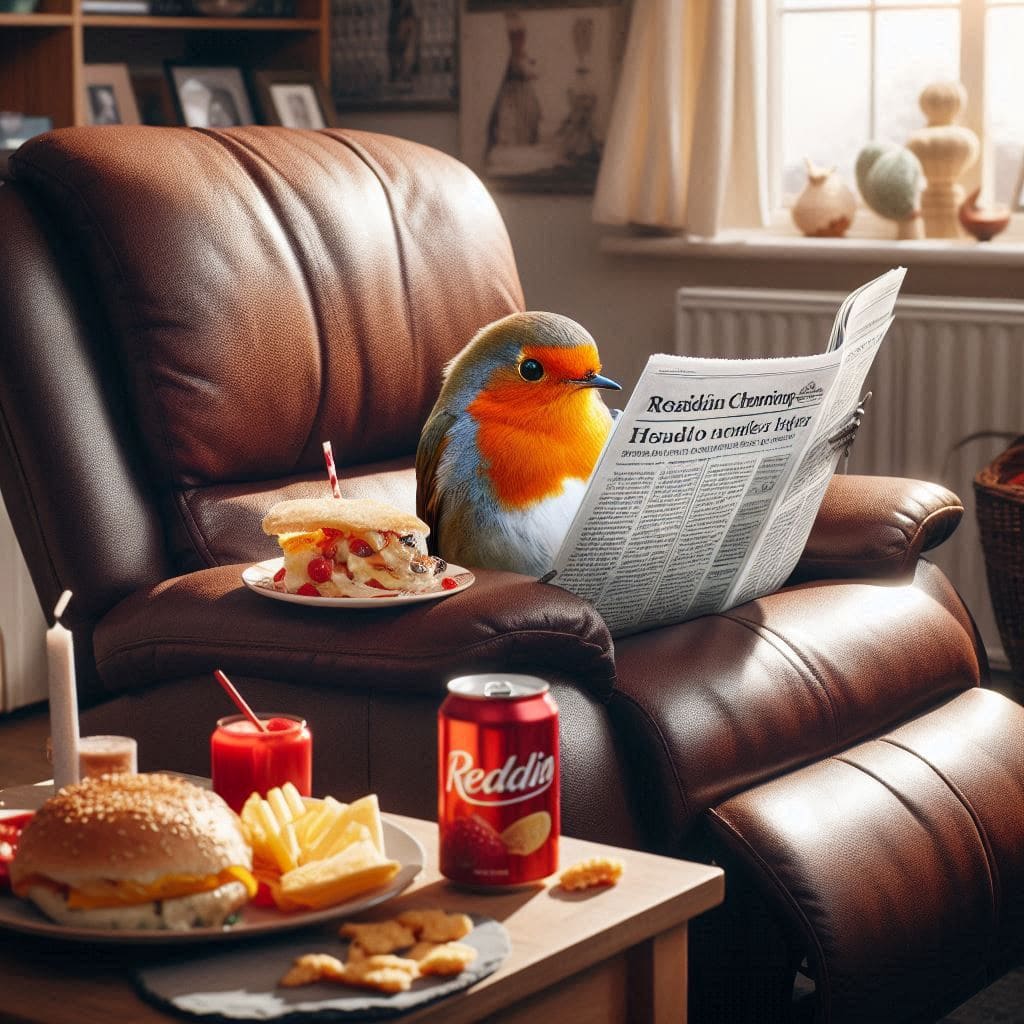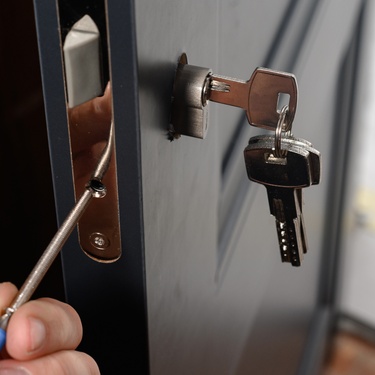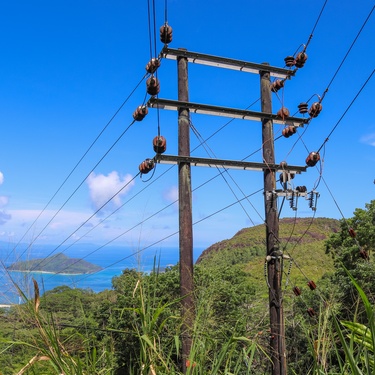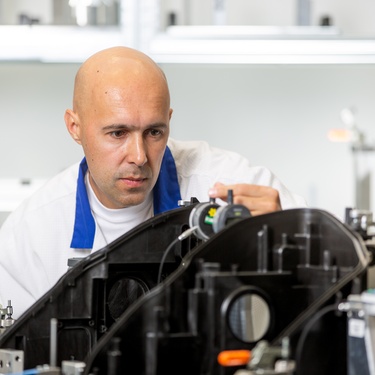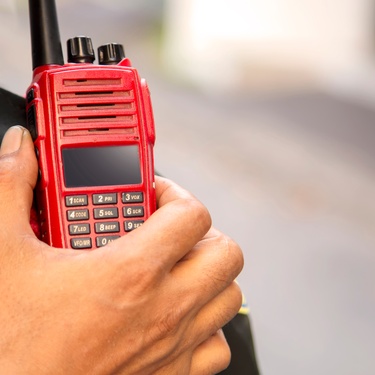
Antennas are essential components in devices like walkie-talkies, radios, and car systems. However, achieving an adequate signal can pose a challenge, particularly in environments with interference. One effective approach involves improving signal strength for antennas with encapsulation. Below, we explore how encapsulation can reliably enhance antenna performance.
Why Signal Strength Matters
Signal strength defines how effectively an antenna transmits and receives signals. Weak signals disrupt communications, create static in radios, and drop connections. These issues often stem from environmental factors like temperature shifts and physical interference.
Protection Against Environmental Interference
Aspects of the environment such as moisture, dust, and temperature can severely affect performance. Encapsulation forms a protective layer around the antenna, shielding it from these external elements. For instance, car antennas often face various temperatures and exposure to rain. Encapsulation materials, such as silicone or epoxy, prevent these elements from severely affecting the antenna and preserving the signal it receives.
Reduced Signal Loss
Signal loss occurs when antennas are used in less-than-ideal environments. Encapsulation reduces exposure of the antenna’s internal components to variations in pressure or surrounding materials. Radios and walkie-talkies, for example, rely on steady signals for clear communication. Encapsulation stabilizes the signal by supporting a consistent operating environment, even when these devices are used in rugged or remote areas.
Durability Boosts Long-Term Performance
Encapsulation also increases the lifespan of antennas. They’re protected from physical damage and remain operational over extended periods. It can minimize fractures or warping in extreme environments, allowing antennas to deliver consistent signals without frequent replacements.
Improved Efficiency With Lightweight Encapsulation Materials
The materials used for encapsulation are often lightweight so they don’t negatively affect the antenna’s efficiency. Mobile devices, such as portable radios or handheld walkie-talkies, can achieve reliable communication where stable connectivity is essential. Lightweight encapsulation provides high protection while keeping the device portable and easy to use.
Additionally, custom designs can accommodate the specific needs of structural enclosures. Low-pressure overmolding is an effective production method that protects sensitive electronics from environmental factors while supporting a lightweight, streamlined design.
Encapsulation improves antenna signal strength, reduces signal loss, and extends the lifespan of devices. By protecting against environmental interference and remaining durable, encapsulation enables antennas in radios, car systems, and walkie-talkies to work effectively.
Bio: Casey is a passionate copyeditor highly motivated to provide compelling SEO content in the digital marketing space. Her expertise includes a vast range of industries from highly technical, consumer, and lifestyle-based, with an emphasis on attention to detail and readability.
